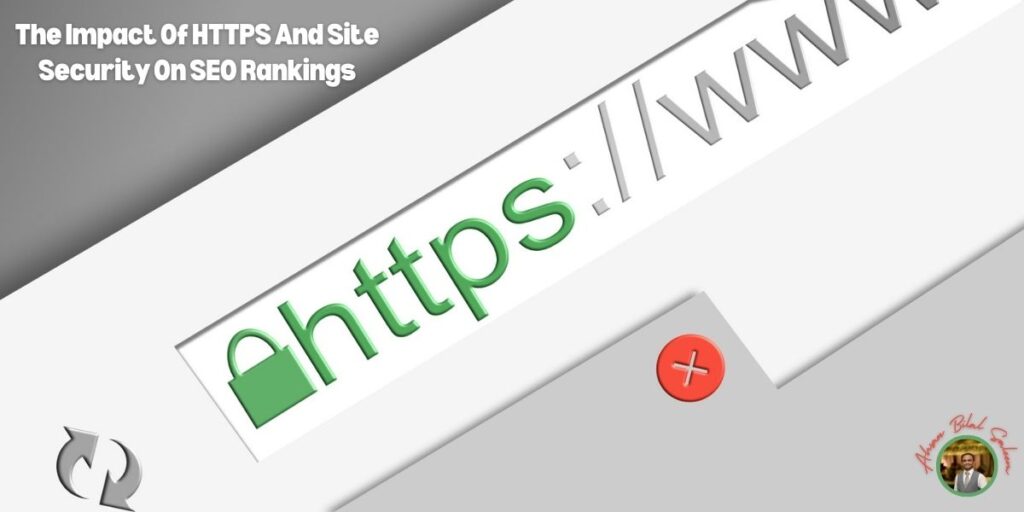In the ever-evolving world of digital marketing, maintaining a secure online presence has become increasingly crucial. For website owners, HTTPS (Hypertext Transfer Protocol Secure) is more than just a technical protocol—it’s a vital component that directly impacts SEO rankings, user trust, and overall website performance. This article explores the significance of HTTPS and site security in SEO and why it should be a top priority for every website owner.
The Rise of HTTPS in SEO
Initially, HTTPS was primarily used by e-commerce sites and websites handling sensitive information, like banking and healthcare platforms. However, in recent years, HTTPS has become a standard for all websites, thanks in part to Google’s emphasis on site security. In 2014, Google announced that HTTPS would be a ranking signal in its search algorithm, which marked a pivotal moment for website owners and digital marketers alike.
Since then, the adoption of HTTPS has surged, with more websites migrating from HTTP to HTTPS to enhance security and gain a competitive edge in search rankings. The “Not Secure” label displayed by browsers like Chrome on HTTP sites further emphasizes the importance of HTTPS, as it signals to users that the site may be unsafe to use.
Why HTTPS Matters for SEO
1. Improved Rankings
HTTPS is a confirmed ranking factor in Google’s algorithm, though it may not carry as much weight as content relevance or backlinks. However, when all other factors are equal, HTTPS can be the deciding factor that tips the scale in favor of one site over another in search rankings.
2. Enhanced User Trust and Security
HTTPS encrypts the data exchanged between a user’s browser and the web server, providing a secure browsing experience. This encryption is crucial for protecting sensitive information, such as login credentials, payment details, and personal data, from being intercepted by malicious actors.
Users are more likely to trust and engage with a website that displays the padlock icon in the browser’s address bar, which indicates that the site is secured with HTTPS.
3. Protection Against Cyber Threats
HTTPS helps safeguard websites from various cyber threats, including man-in-the-middle attacks, where attackers intercept communication between a user and the server. This protection is essential for maintaining the integrity of a website and preventing unauthorized access to sensitive information.
4. Compliance with Data Protection Regulations
With the introduction of regulations like the General Data Protection Regulation (GDPR) in the European Union, securing user data has become a legal obligation for many businesses. HTTPS is a fundamental step in complying with these regulations, as it demonstrates a commitment to protecting user privacy and data security.
5. Increased Referral Data in Analytics
When traffic passes from an HTTPS site to an HTTP site, referral data can be lost, causing it to appear as “direct” traffic in analytics reports. Conversely, when both sites use HTTPS, the referral data is preserved, providing more accurate insights into the sources of your website traffic. This data is invaluable for refining your SEO strategy and understanding user behavior.
Migrating to HTTPS: Best Practices
Migrating from HTTP to HTTPS is a crucial step, but it requires careful planning to avoid potential pitfalls. Here are some best practices for a successful HTTPS migration:
1. Obtain an SSL Certificate
The first step in the migration process is to obtain an SSL (Secure Sockets Layer) certificate from a trusted certificate authority (CA). There are various types of SSL certificates available, including single domain, multi-domain, and wildcard certificates, depending on your website’s needs.
2. Update Internal Links and Resources
Once you’ve installed the SSL certificate, ensure that all internal links, images, scripts, and other resources are updated to use HTTPS. This step is essential for maintaining a secure and consistent user experience across your site.
3. Implement 301 Redirects
To preserve your SEO rankings during the migration, set up 301 redirects from the HTTP versions of your pages to their corresponding HTTPS versions. This ensures that users and search engines are directed to the secure versions of your pages and that any link equity is passed on.
4. Update Your Sitemap and Robots.txt
After the migration, update your XML sitemap to reflect the new HTTPS URLs and submit it to Google Search Console. Additionally, ensure that your robots.txt file is correctly configured to allow search engines to crawl your HTTPS site.
5. Monitor Performance and Rankings
Post-migration, it’s important to closely monitor your site’s performance and search rankings to identify any issues that may arise. Use tools like Google Analytics and Search Console to track traffic patterns, crawl errors, and indexing status.
Conclusion
In today’s digital landscape, HTTPS and site security are integral to both user experience and SEO success. By prioritizing HTTPS, website owners not only protect their users and comply with data protection regulations but also enhance their chances of ranking higher in search engine results. As search engines continue to evolve and place greater emphasis on security, the importance of HTTPS in SEO is only set to grow. If you haven’t already made the switch, now is the time to embrace HTTPS and secure your website’s future.
